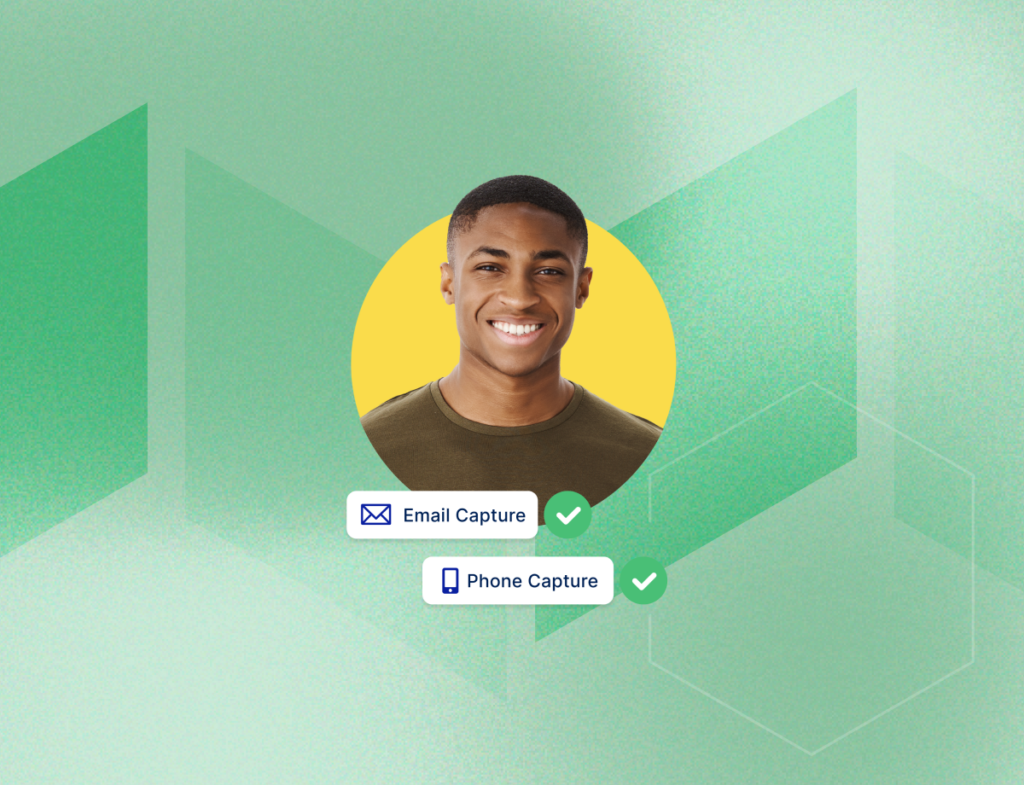Similar to how friends support you through different gestures that make you feel known, heard, and valued in those relationships, retailers aim to build lasting connections with visitors who eventually become loyal customers. This journey requires consistent efforts over time, evolving through a series of events and experiences.
At Bluecore, we’ve determined four classes of customer engagement activations that address all sectors of the shopping experience to drive acquisition, retention, and revenue in a continuous loop. These customer engagement activations are campaigns that can also take form as triggers and are classified as: behavior-based, merchandise-based, lifecycle-based, and broadcast-based.
The best brands nurture shoppers at every stage of the purchase funnel to turn anonymous visitors into one-time buyers, one-time buyers into repeat buyers, and repeat buyers into loyalists. They do so using this blueprint of customer engagement opportunities – and automating the vast majority of those opportunities into triggers.
One and Two: Behavior-based and merchandise-based campaigns
Efficiently reading and reacting to shopper signals is crucial to make these fleeting moments of decision count and these two classes are inextricably linked. Behavior-based and merchandise-based campaigns are typically triggers that target individual shoppers based on their specific actions, such as on-site behavior, product catalog updates, or custom events in real-time.
By combining behavior-based and merchandise-based triggers, retailers can offer relevant communications when shoppers are showing intent and also surface product updates based on their interests. This further strengthens the shopper and product relationship, ultimately leading to meaningful purchase decisions and a successful shopping experience for both the retailer and the customer.
Campaigns to consider:
Abandon Cart, Product Abandon, Search Abandon, Post-Purchase, Wish List, Back in Stock, Low Stock, Price Drop, New Arrivals, Best Sellers
Three: Lifecycle-based campaigns
Lifecycle-based programs capitalize on initial engagement, captured through the identification process, to influence repeat buyers. There are particular challenges on the road to growing your loyalty base, one of which involves preserving list health. Maintaining the health of your email audience is imperative as you can tailor communications based on customer preference, such as category or discount affinity.
Leveraging lifecycle-based strategies, you can keep shoppers engaged and coming back for more with powerful predictive models that activate your retail data. By understanding each individual shopper’s preferences and unique buying cadence, you can curate products, content, and offers that focus on product discovery, deeper engagement and repeat buying. A proper lifecycle-based strategy can predict each shopper’s next best find, allowing retailers to drive product discovery with the right audience.
These efforts used to grow customer relationships can also apply to reactivating “at risk” customers, particularly as soon as they fall out of their typical purchase cycle. This one-to-one reactivation is much more effective at driving repeat purchases and growing the lifetime value of your customer base than a one-size fits all approach.
With an expansive dataset and accurate predictive models, you can make a bigger dent in retention, churn prevention, and margin preservation. Lifecycle-based triggers and campaigns open up opportunities to maximize retention efforts and drive more revenue. Here are campaign strategies that can be executed both on your site or through your customer’s preferred channels.
Campaigns to consider:
Non-Buyer, One-Time Buyer, Repeat Buyer, Active Buyer, At-Risk Buyer, Lost Buyer, Predicted Life-Time Value, Loyalty, Replenishment, Category Affinity, Discount Preference Likelihood to take action
Four: Broadcast-based campaigns
Broadcast-based communications empower retailers to maintain consistent awareness and generate engagement across the broadest possible audience. Campaigns for larger audiences can become obtrusive and lead to churn but the best retailers are layering these efforts with personalization to stay relevant within shopper’s interests for when they’re ready to purchase.
These activations include special events, sales, branding stories, and batch communications. Outside of the typical nurture flow, technology can power smart campaigns that completely automate the weekly send and personalize it with unique content, products, and offers for each subscriber – all with one template. For example, instead of showing the same products to your entire customer list in a weekly new arrivals email, it can be customized so the new products that are featured dynamically update based on the category affinity of each individual shopper.
Broadcast efforts are a powerful undertone for your community’s shopping experience, creating more opportunities to engage your customers while maintaining a healthy customer list. By tapping into seasonal dates, tentpole holidays, and other relevant occasions, retailers can achieve hyper-relevance in their campaigns.
Campaigns to consider:
Personalized Smart Campaign, Transactional, Real-time Welcome emails, Static batch sends, promotional sends, Seasonal promotions, Newsletters, and more.
Prepare your brand experience to cater to all aspects of the desired customer lifecycle for your best holiday season yet. Learn more about how these different classes of customer engagement work alongside identification and customer movement in our Halfway to Black Friday guide or insights in Bluecore’s BFCM Hub.





